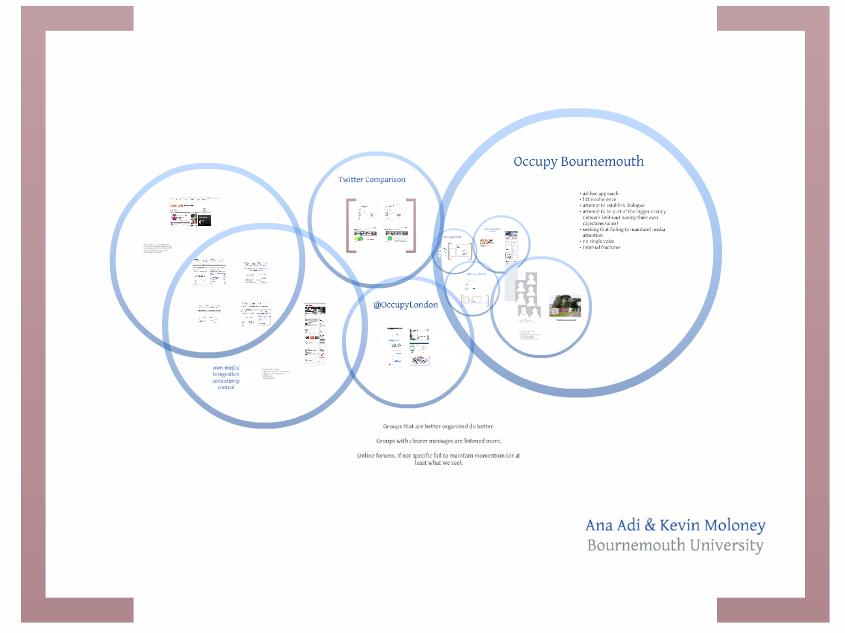The Institute of Internal Communication has their Super Thursday on the 13th of November: launching the Communicator of the Year, illness celebrating the ICon Awards, FEIEA Grand Prix and Under 30s all interupted and supported by an Insight Seminar.
My talk on social media and internal cross-cultural communication aimed to challenge current practices while also acknowleging the barriers – social, cultural and technological – that social media presents. During my talk, I have expanded the definition of social media to include not only public facing and popular channels but also collaboration, communication, training and productivity platforms. I have also asked participants to apply the same strategic thinking, steps and planning as they would for their external communication:
- remember their goals and objectives
- identify their target audience
- identify the needs of their target audience
- craft their messages around that audience and its needs
I building my argument, I made reference mainly to Hofstede’s dimensions of culture, Simon Kaplan’s and Gov.co.uk’s design principles, indicating that the expectations and relationship with technology are different around the world and understanding this would be essential to communicating effectively.
In the end, the idea was to use the platforms that get the work done and that included forgetting email and including, as often as possible, elements of face to face communication whether mediated and recorded or in person.
You can read the organizer’s summary of my talk here.
A comparison of social media and public relations in a national and local setting.
Dr Kevin Moloney and I gave a talk today at the Social Media, adiposity
Journalism and Communication Symposium organized by the Canterbury Christ Church University providing a comparison and critical analysis of the #OccupyBournemouth group with other national and local groups within the Occupy movement.
Our work was inspired by talks about the role and influence of corporate communication tactics in the shaping of protest strategies and narratives as well as about similar talks about the role digital media, and social media in particular, play in the communication of such narratives.
Our approach, highly qualitative, blends traditional interview and observation techniques, with a click-by-click analysis of the social media outputs of the Occupy Bournemouth group and other groups that they mention or are affiliated with. This is just the beginning of a longer endeavour looking into the uses of technology by advocacy and protest groups.
The prezi below is the extended version of our talk, incoporating more information and more examples such as a timeline of tweets as mentioned during the presentation today.
Our working conclusion is that groups whose communication is more clear are more successful in sparking dialogue and even influencing change. Clear messaging in this case is closer in its formulation and organization to corporate principles of communication. Environment, timing, location – in a word context – are, however, major influencers of the reception and propagation of such messages.
A recording of our talk should be made available by the conference organizers in the near future.
